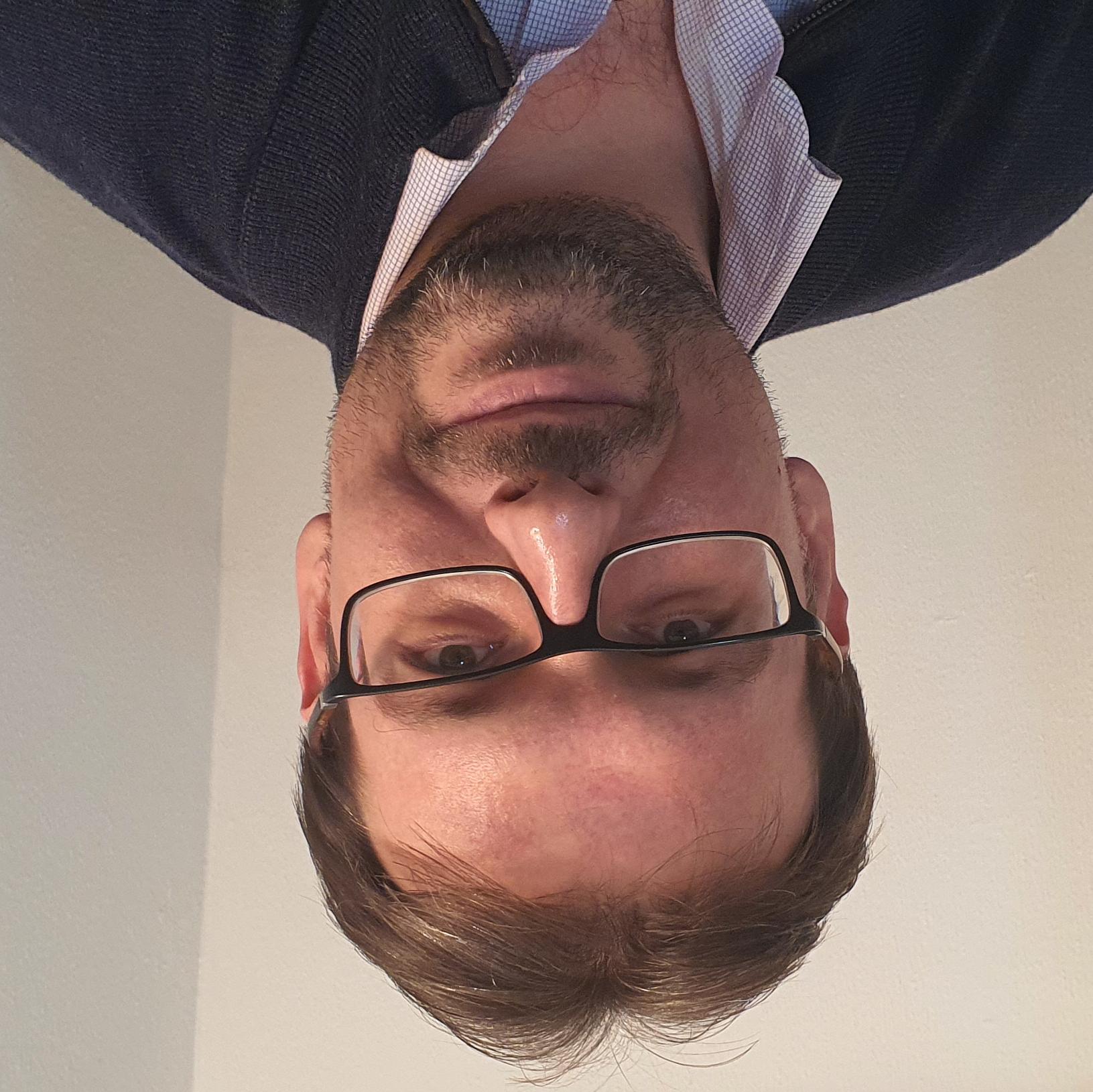Research
My work is in the context of relativistic modelling of space-time reference systems. With the advent of space projects such as Gaia and Pharao- Aces, the direct detection of gravitational waves thanks to ground-based interferometers (and soon space-based interferometers with LISA) as well as the implementation of new optical interferometry techniques on the ground, astrometry and time & frequency metrology are entering the era of very high precision. At this level of finesse, relativistic effects on the propagation of light rays in the solar system and/or relativistic modifications on the motion of bodies are very widely detectable. It therefore becomes essential to model them correctly in order to take full advantage of these new observations. In return, it becomes possible to test general relativity (GR) and many alternative theories of gravitation by detecting and quantifying these effects. My research activities focus on five main areas:
- Development of new analytical methods for the high-precision description of astrometric, time-frequency and radionavigation observables, i.e. the development of formalisms for the description of the propagation of light in curved space-time. These methods are now internationally recognised and known as Time Transfer Functions (TTF).
- For celestial mechanics, development of very complete tidal theories, considering in detail the response of celestial bodies, whether solid, viscoelastic or fluid. These theories are now used to constrain tidal dissipation in natural satellite systems or the motion of the Moon. These models are now essential to be able to discriminate between tidal effects and relativistic corrections.
- Development of innovative methods for testing gravitation in the Solar System: modification (or even complete rewriting) of all the procedures for analysing astro-geodetic data in order to be able to consider (and constrain) alternative theories to GR in a consistent and reliable manner.
- Tests of GR principles: bending of light rays with very long baseline interferometry, tests of state-of-the-art Lorentz invariance with planetary data and laser telemetry to the Moon or with the comparison, on the ground, of optical clocks connected at continental distance by fibre link as well as a use of Galileo 5 & 6 satellites for a test of the state-of-the- art Einstein effect, significantly improving the previous constraint dating back nearly 40 years.
- The preparation of the LISA mission both in terms of the interpretation of the physical measurement between the L0 and L1 levels (the L1 level being the calibrated data of the instrumental systematics) and in terms of the scientific exploitation with the development of a data analysis pipeline of Galactic binaries.

